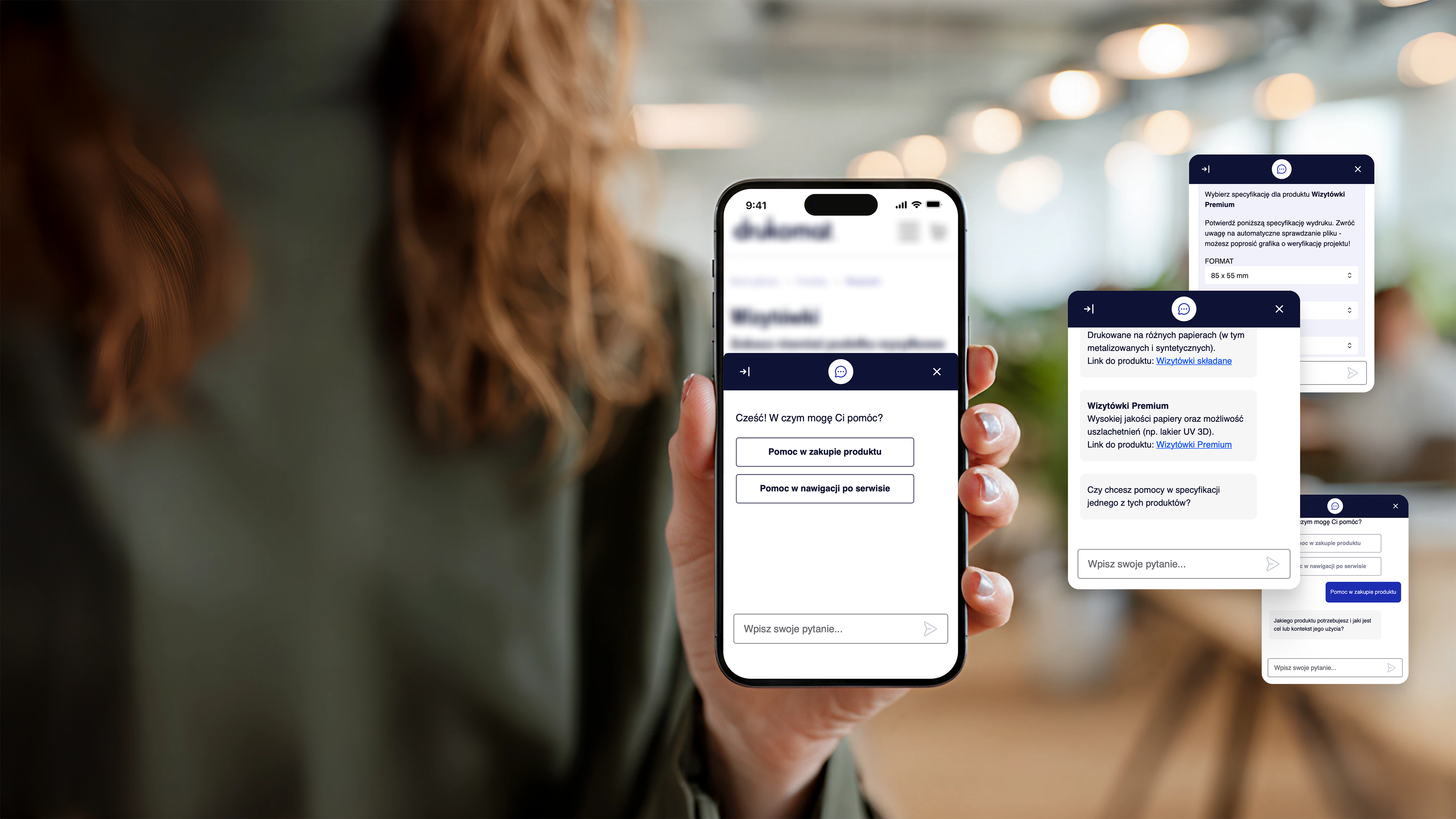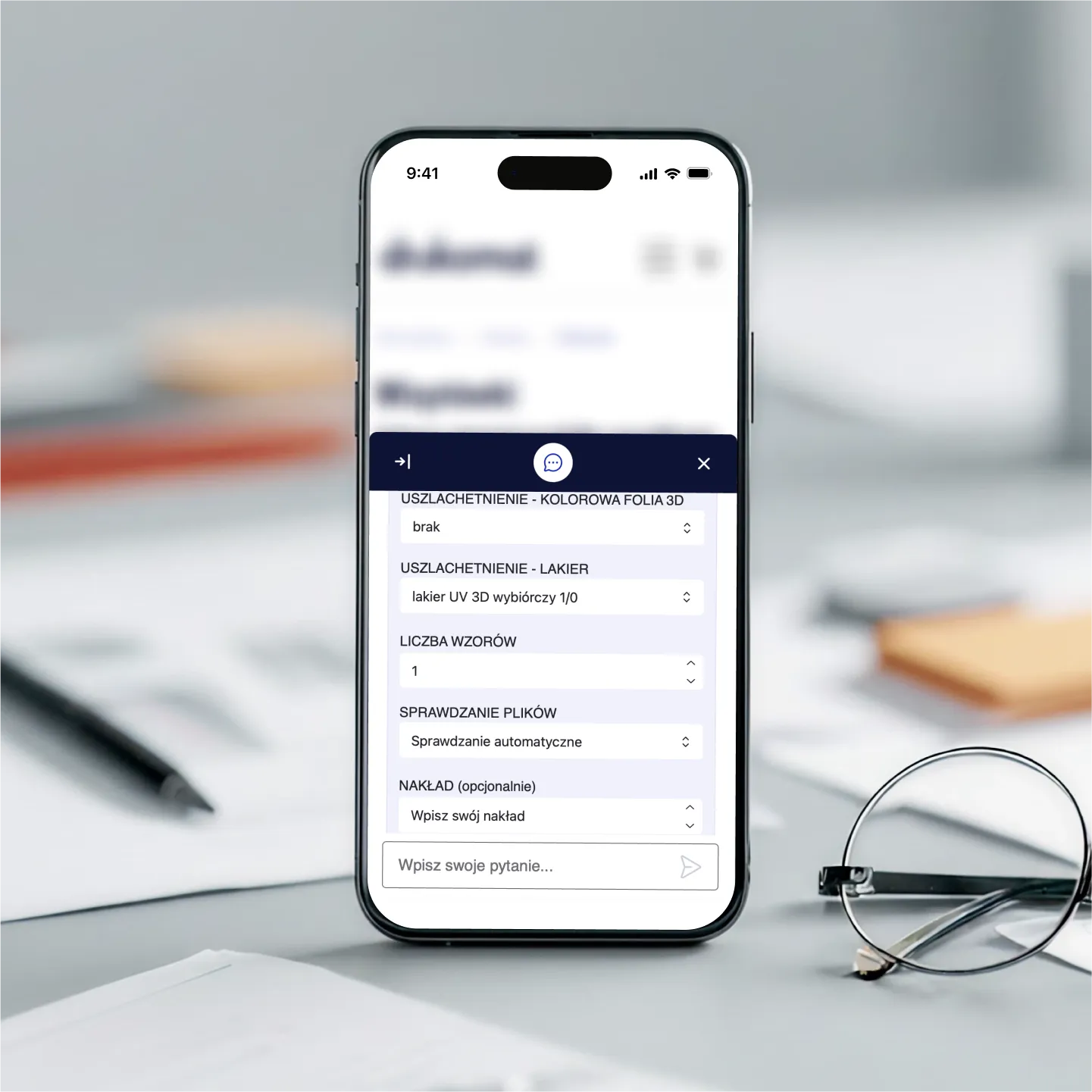The core business problem was clear: the high mental effort required to specify complex products was translating into lost revenue through cart abandonment and excessive manual support. The aim was to build a new sales experience, an AI-driven digital concierge, that makes product complexity feel effortless and transforms Drukomat's users into confident buyers.












